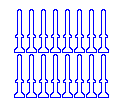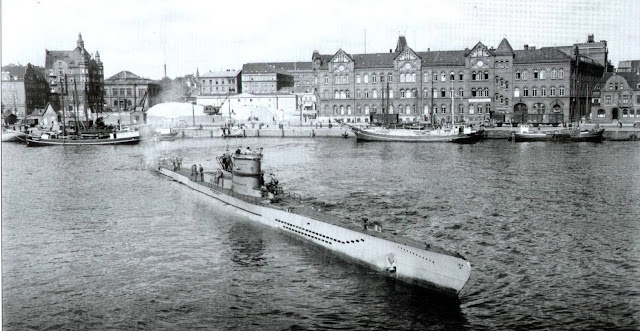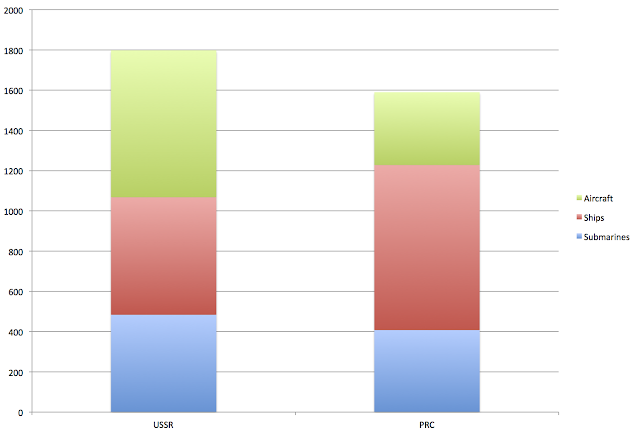Missile Loadouts: Japanese Helicopter Destroyers (1973-2018)

While aviation-heavy escort vessels were employed by several navies in the 20th century, the JMSDF stuck with them the longest. Intended to operate as the centerpiece of units that included guided missile ships and general purpose escorts, the Japanese helicopter destroyers were primarily valued for their airgroup. However, they carried a substantial armament of their own and remained fully capable of engaging enemy forces directly. The Haruna-class The two ship Haruna -class were the first such vessels. Commissioned in 1973 and 1974, their original missile armament was an eight cell ASROC box launcher with eight reloads stored in the superstructure. While this may not seem like much, Haruna was the first Japanese ship to carry ASROC reloads, which meant that her missile armament was actually second heaviest in the JMSDF (after its lone Tartar ship, Amatsukaze ). Haruna in 1973: 16x ASROC Beginning with Hiei in 1984 and followed by Haruna herself in 1988, these two destroyers


